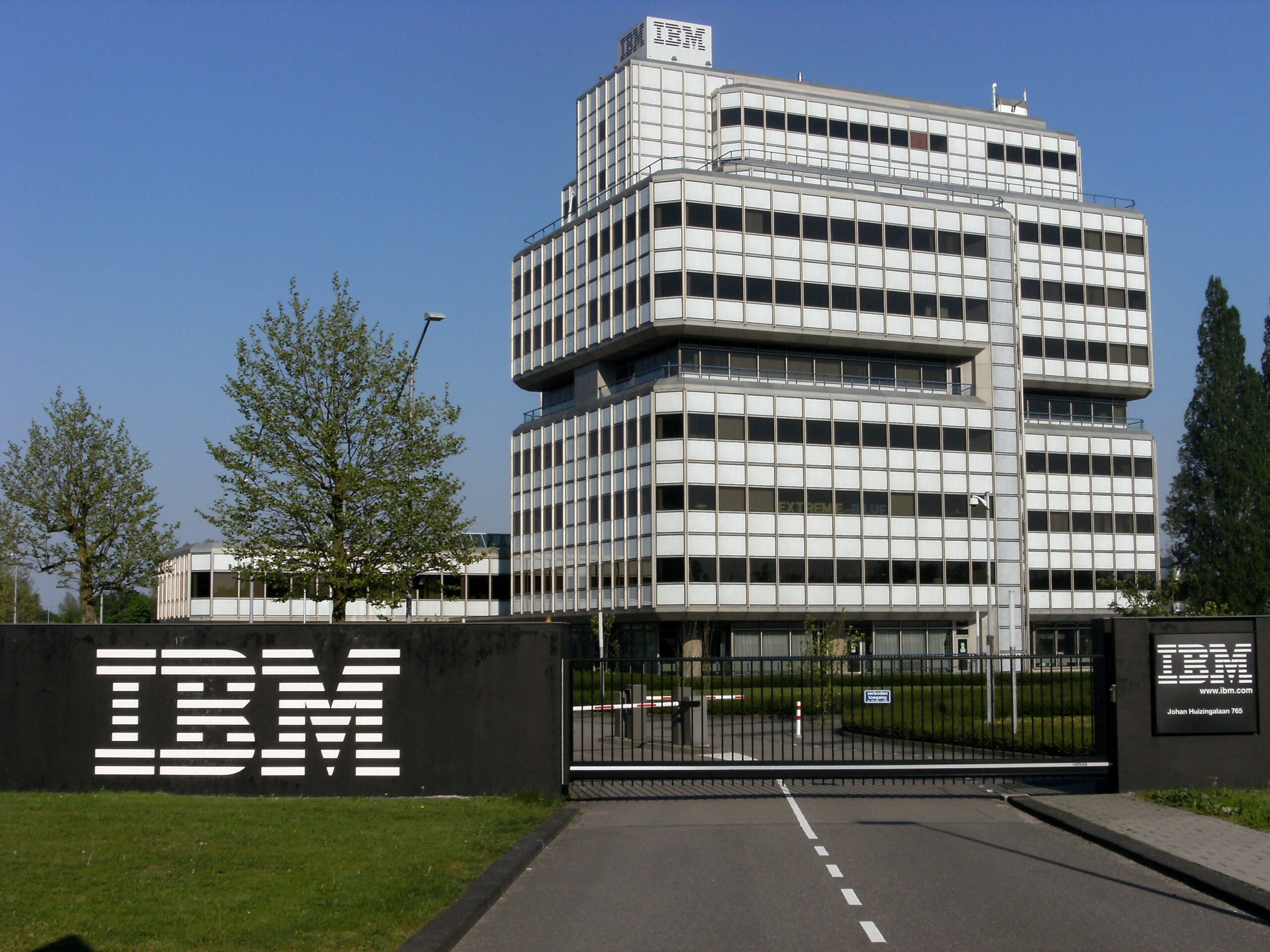
IBM and AMD have announced a strategic collaboration to develop new computing architectures that merge IBM’s quantum systems with AMD’s chips specialized in artificial intelligence. The partnership is designed to create a scalable and open-source quantum computing framework, opening the door for researchers and developers to access advanced hybrid computing.
The companies say the joint effort could accelerate breakthroughs in drug discovery, new materials research, logistics, and optimization problems — all areas where traditional computing has hit limitations.
Building a Hybrid Model
IBM Chairman and CEO Arvind Krishna framed the collaboration as a turning point in how information can be represented and processed.
“Quantum computing will simulate the natural world and represent information in an entirely new way,” Krishna said in a statement. “By exploring how quantum computers from IBM and the advanced high-performance compute technologies of AMD can work together, we will build a powerful hybrid model that pushes past the limits of traditional computing.”
The partnership highlights both companies’ desire to strengthen their position in advanced computing infrastructure, particularly after missing out on the early wave of the generative AI boom dominated by competitors like Nvidia.
Author’s Opinion
Pairing IBM’s quantum research with AMD’s AI chips is more than a symbolic partnership — it’s a survival strategy. Both companies have strong technology but lagged in capturing the generative AI spotlight. By combining strengths, they’re betting on a future where hybrid quantum-AI computing could leapfrog today’s bottlenecks. If they can actually deliver a commercially viable system, it could shift the balance of power in the AI arms race and finally give researchers an affordable, practical way to tackle problems classical computers cannot solve.
Featured image credit: Wikimedia Commons
For more stories like it, click the +Follow button at the top of this page to follow us.
